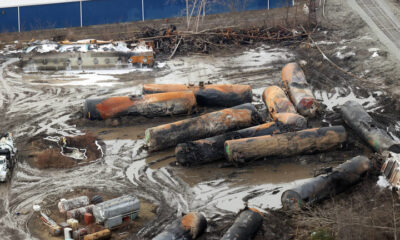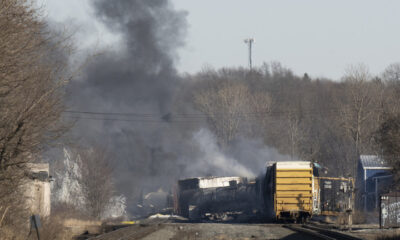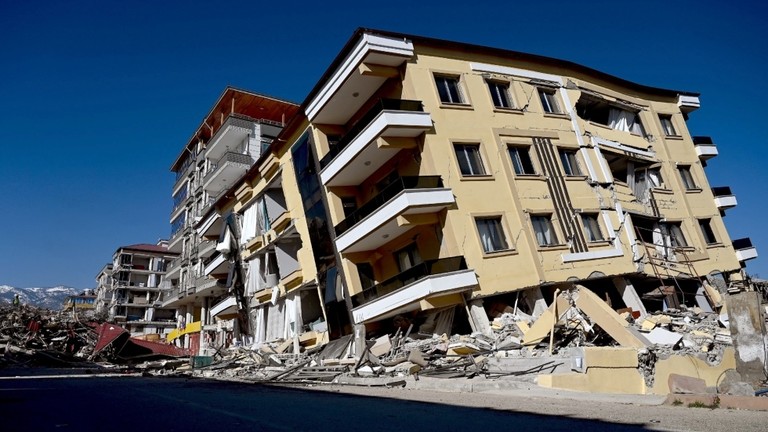Having provoked extensive existential angst and worry through a Covid-19 Project Fear, governments are now faced with societies that are petrified of normal life and are pushing back against any easing of the lockdown.
A new poll by Opinium in the UK reveals that the vast majority of Britons remain strongly opposed to lifting the coronavirus lockdown; just one in five want schools, pubs and restaurants to be reopened.
This poll found that only 17 percent of people think the conditions have been met to consider reopening schools, as opposed to the 67 percent who say they have not been met and schools should stay closed.
Opposition to reopening restaurants and pubs – and allowing mass gatherings in sports and other stadiums to resume – is even higher. Just 11 percent of people think the time is right to consider reopening restaurants, while 78 percent are against. Only nine percent believe it would be correct to consider reopening pubs, while 81 percent are against; seven percent say it would be right to allow mass gatherings at sports events or concerts to resume, with 84 percent against.
These figures are striking. They are naturally fuelling a debate inside the government over how to strike a balance between keeping the public safe and minimising the financial catastrophe of a shutdown economy.
But they are not surprising. From the outset, most governments have adopted the Project Fear approach to dealing with the threat posed by Covid-19. We were all at risk, we were told. The virus didn’t respect borders, age, class, ethnicity or race, they said, as if the virus had a conscious plan to smite all of humanity indiscriminately. Lockdowns were necessary to flatten the curve and protect the health service.
But we now know that a lot of this was just fearmongering and exaggeration. It is clear that there are important differences in the level of threat Covid-19 represents; that it is possible to develop a strategy that can protect the vulnerable and the health service while not shutting down the economy upon which we all depend for everything in life. Flattening the curve did not require riding roughshod over basic freedoms and the critical reproduction of economic life. It required a balanced, sober strategy, with targeted support and resources for where they were really needed.
But Project-Covid-19-Fear happened because most governments thought that it was only by literally scaring people to death that compliance, rather than resistance, to a lockdown could be achieved. As Marcus Aurelius puts it at the start of the film ‘Gladiator’, they “unleashed hell.” They unleashed fear, convincing people that going outside was dangerous, that other people were a grave threat to health and even lives, and that detention in their homes was the only realistic option available.
How can anyone now be shocked when the fear-driven, excessively policed public now feels a deep trepidation and a sense of increased vulnerability, nervous that returning to work would be like putting your head above a First World War trench at the Somme? A desire to cocoon yourself in the security of locked doors with access to technology that can allow communications with work, family and friends – but steer clear of pestilence – was not irrational. It was inevitable.
But it is an existential crisis with a very destructive dynamic which will be with us for some time to come. In fact, what governments are going to learn to their cost is that unleashing existential angst is easy, but turning it off is not.
There is an irony at play in this crisis: in the UK, since the vote for Brexit, the Remainer elite have poured scorn on the British public for having dared to defy them and voting to leave the EU. Now that polls suggest a majority are in favour of maintaining the lockdown, to which Remainers have fervently subscribed, they are embracing ‘public opinion’ like never before.
This is tragically short-sighted, because what everyone seems to be missing is that there is no ‘public’ anymore – just a collection of fearful, atomised individuals, isolated from society and living in trepidation of the future. This fractured caricature of society represents a barrier to the kind of social solidarity, organisation, and vision that will be needed to get over the impact of this crisis and the future repercussions of disastrous decisions like shutting down the economy.
In fact, this fear of a return to some kind of normalcy, where we balance risk and uncertainty with life itself, now threatens to be the critical criterion governments are not considering when thinking about what conditions would allow an easing of the lockdown. Ensuring health workers have enough PPE as a criterion is a walk in the park compared to what this existential barrier could represent for the future.
Like this story? Share it with a friend!


 NEWS5 months ago
NEWS5 months ago
 NEWS5 months ago
NEWS5 months ago
 NEWS5 months ago
NEWS5 months ago
 WAR5 months ago
WAR5 months ago
 FINANCE5 months ago
FINANCE5 months ago
 INVESTMENTS5 months ago
INVESTMENTS5 months ago
 FINANCE5 months ago
FINANCE5 months ago

































